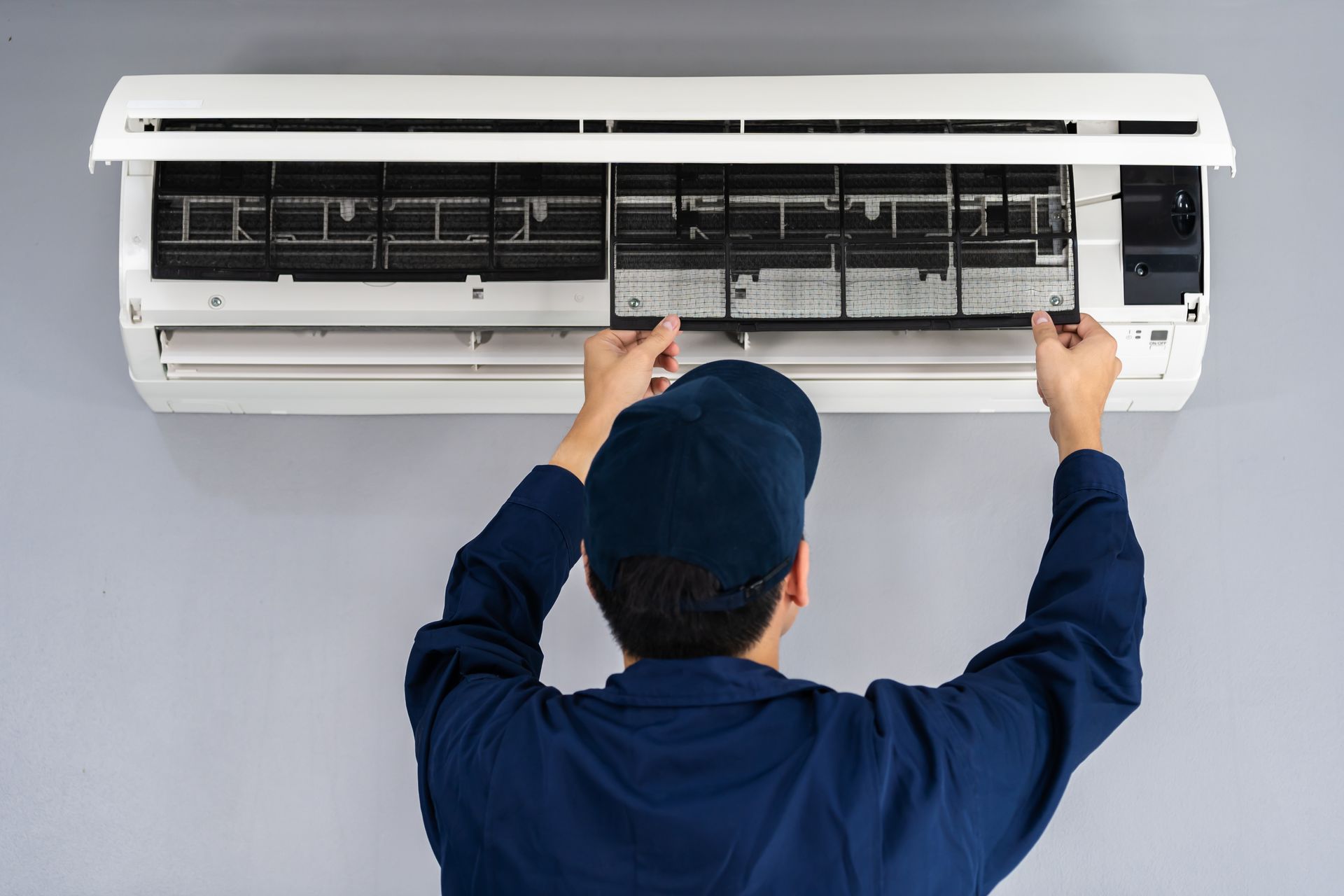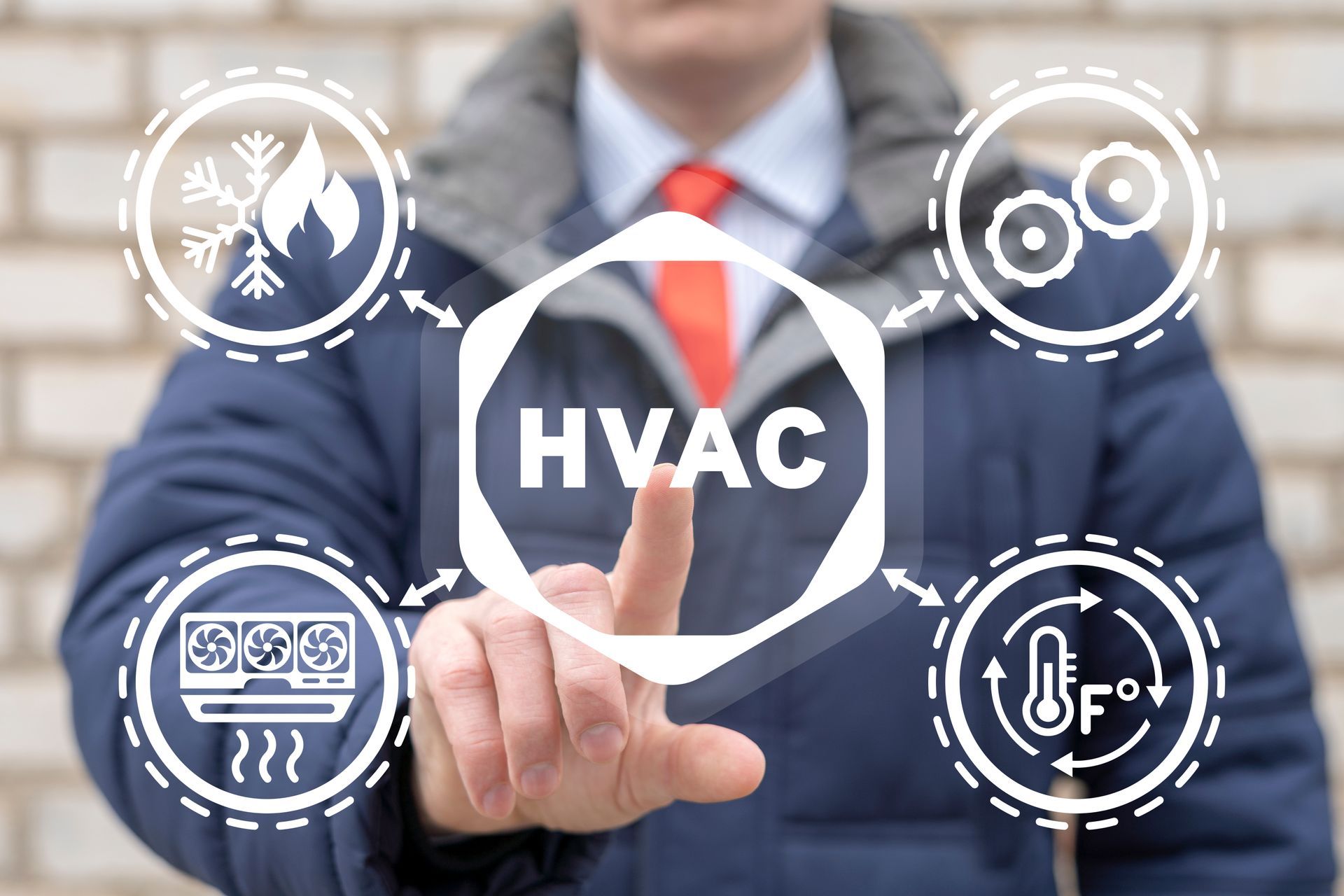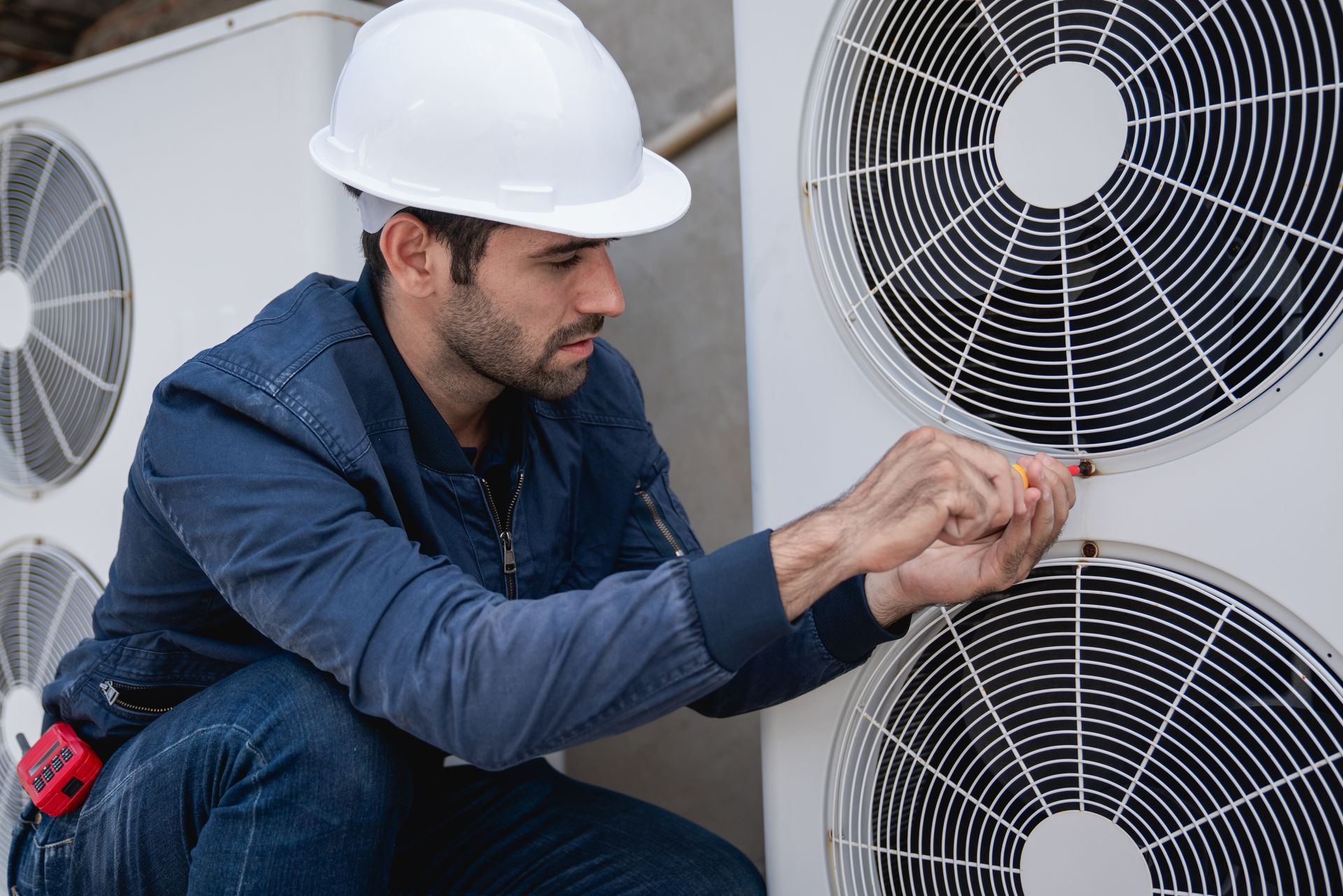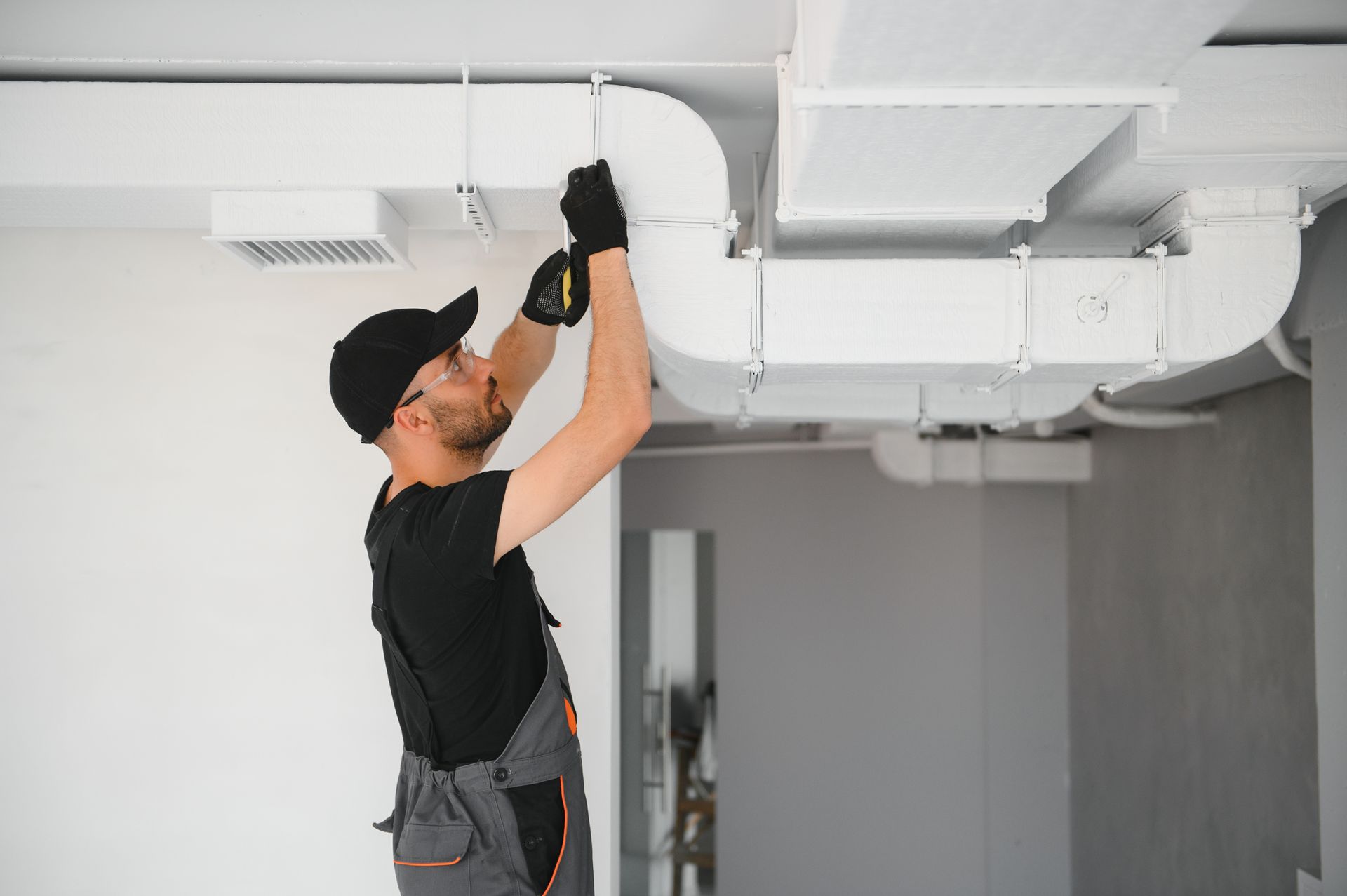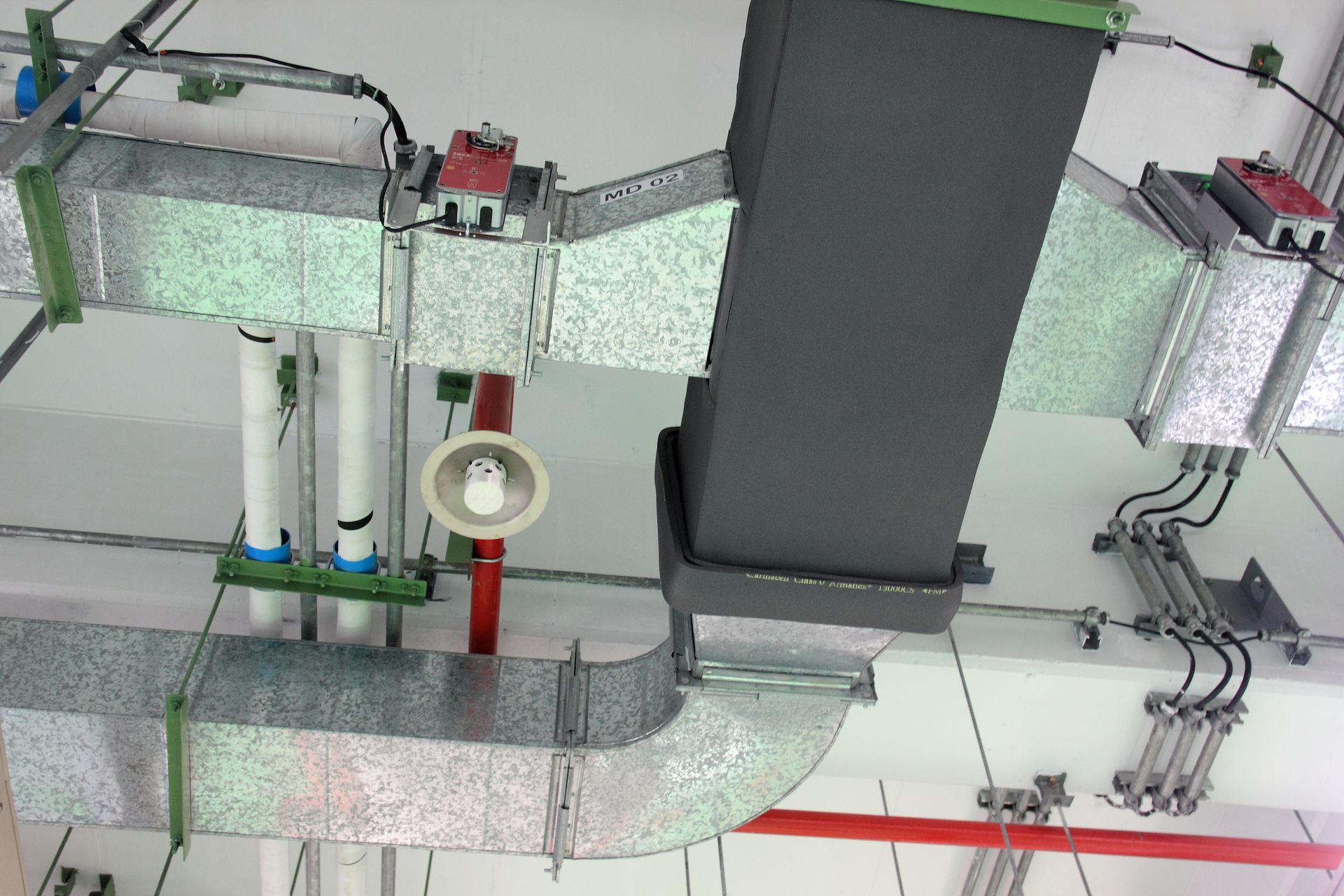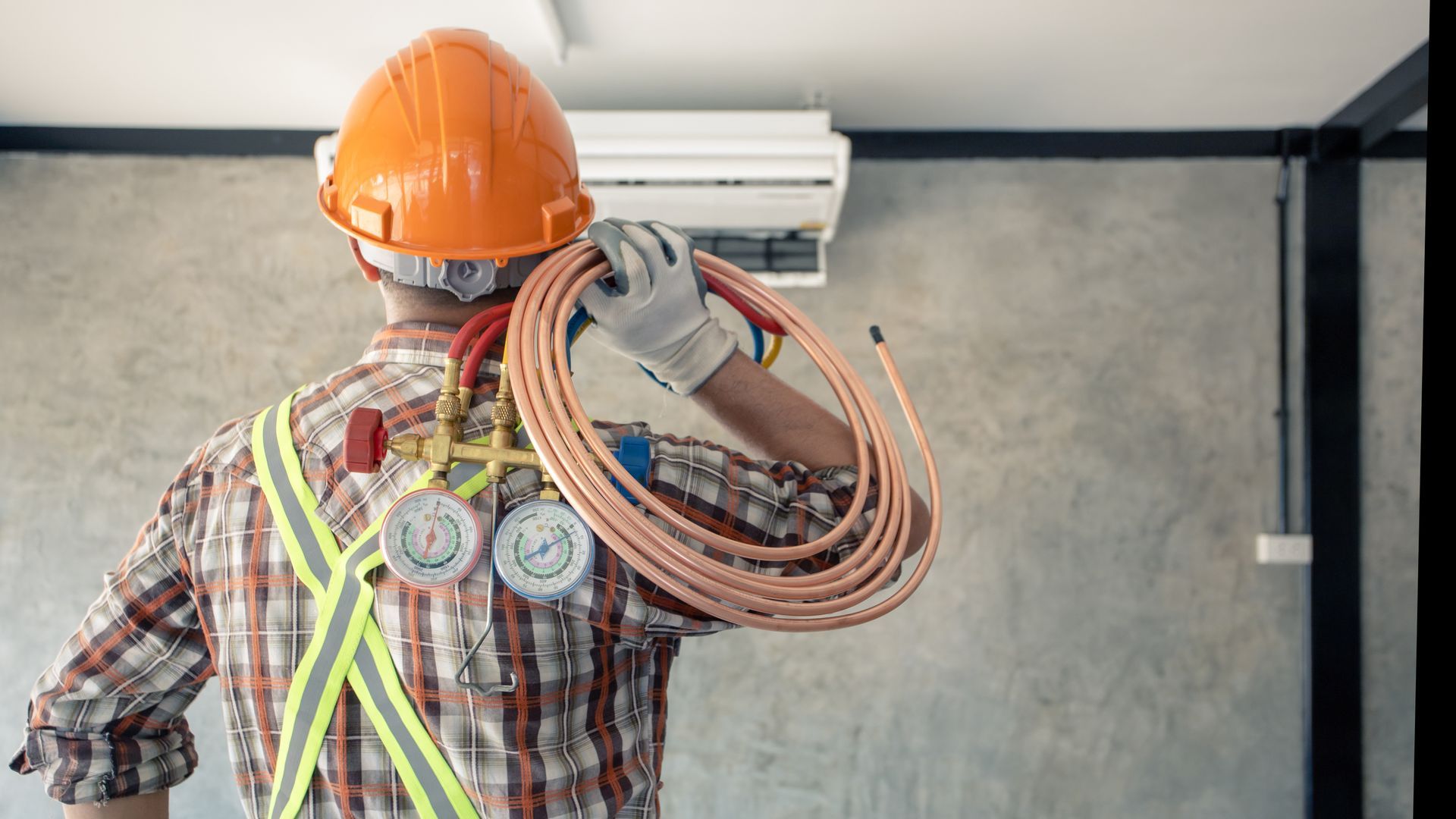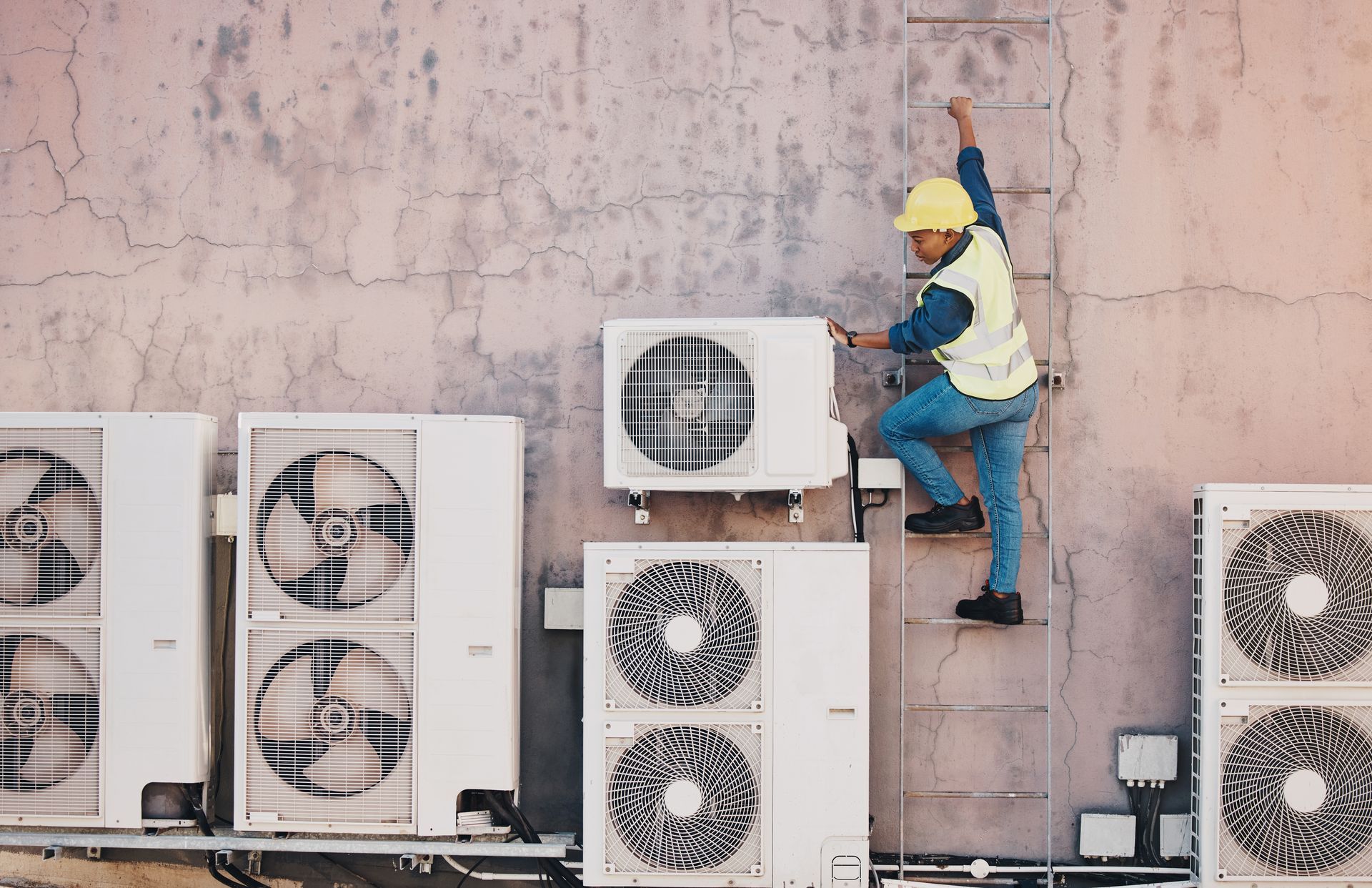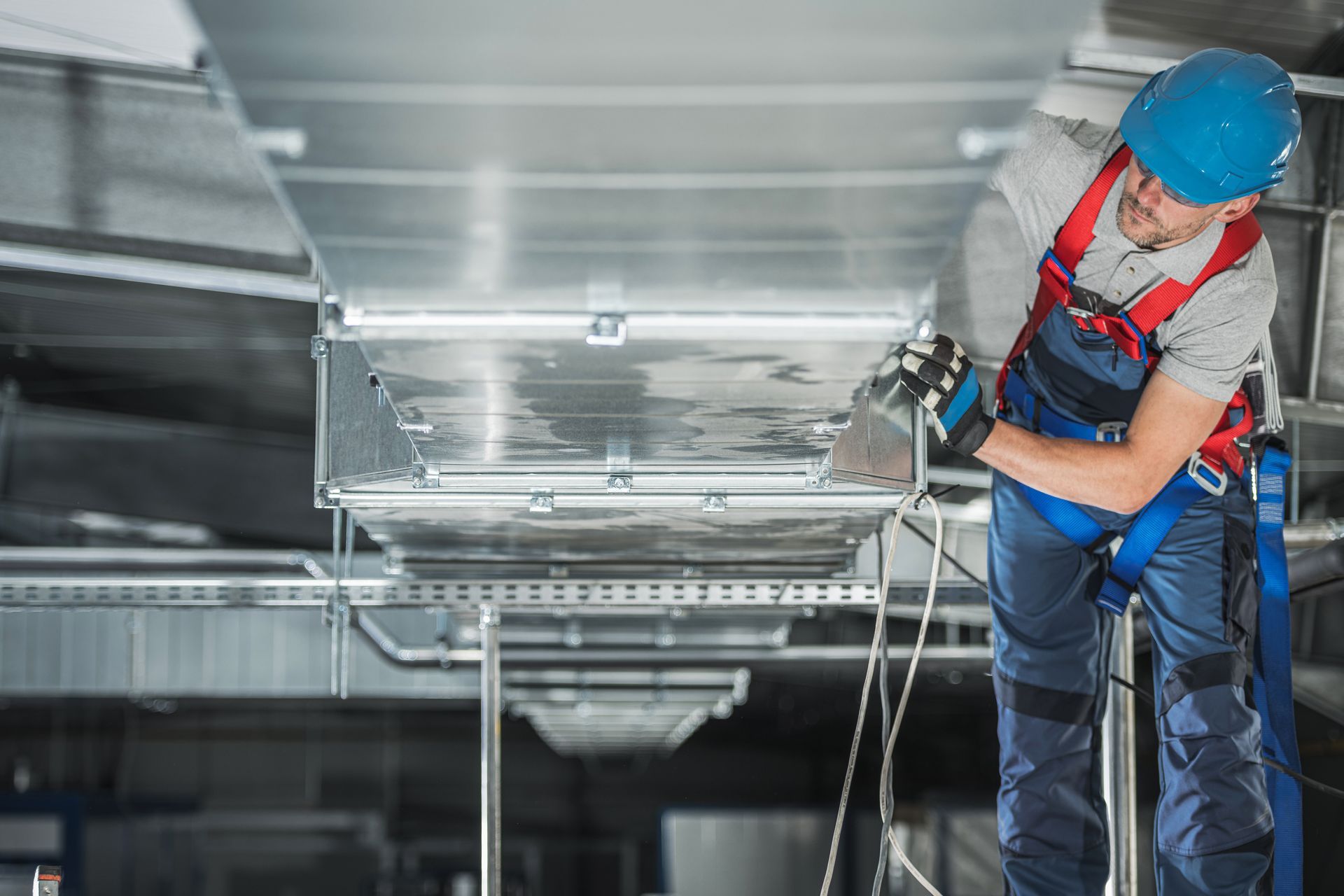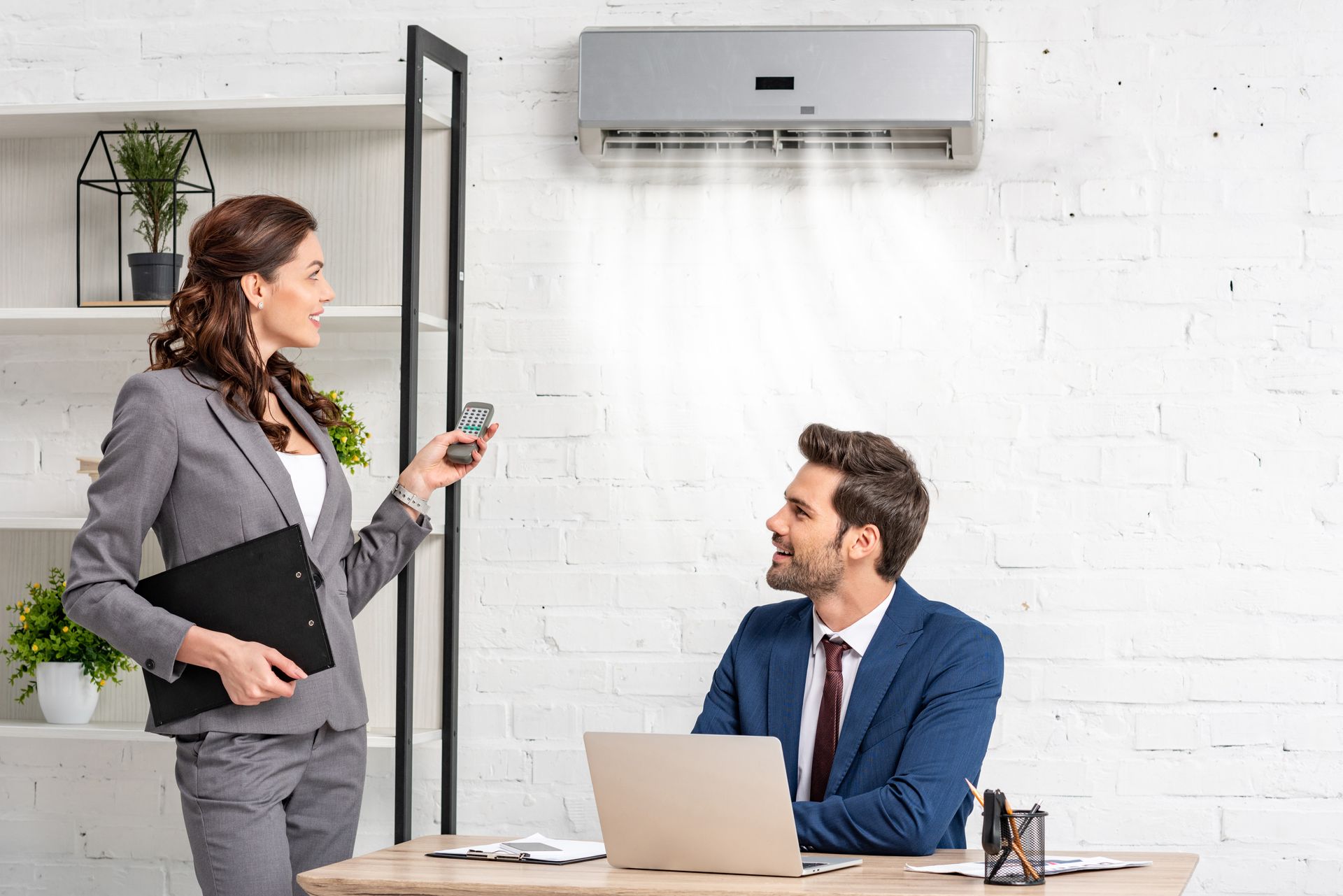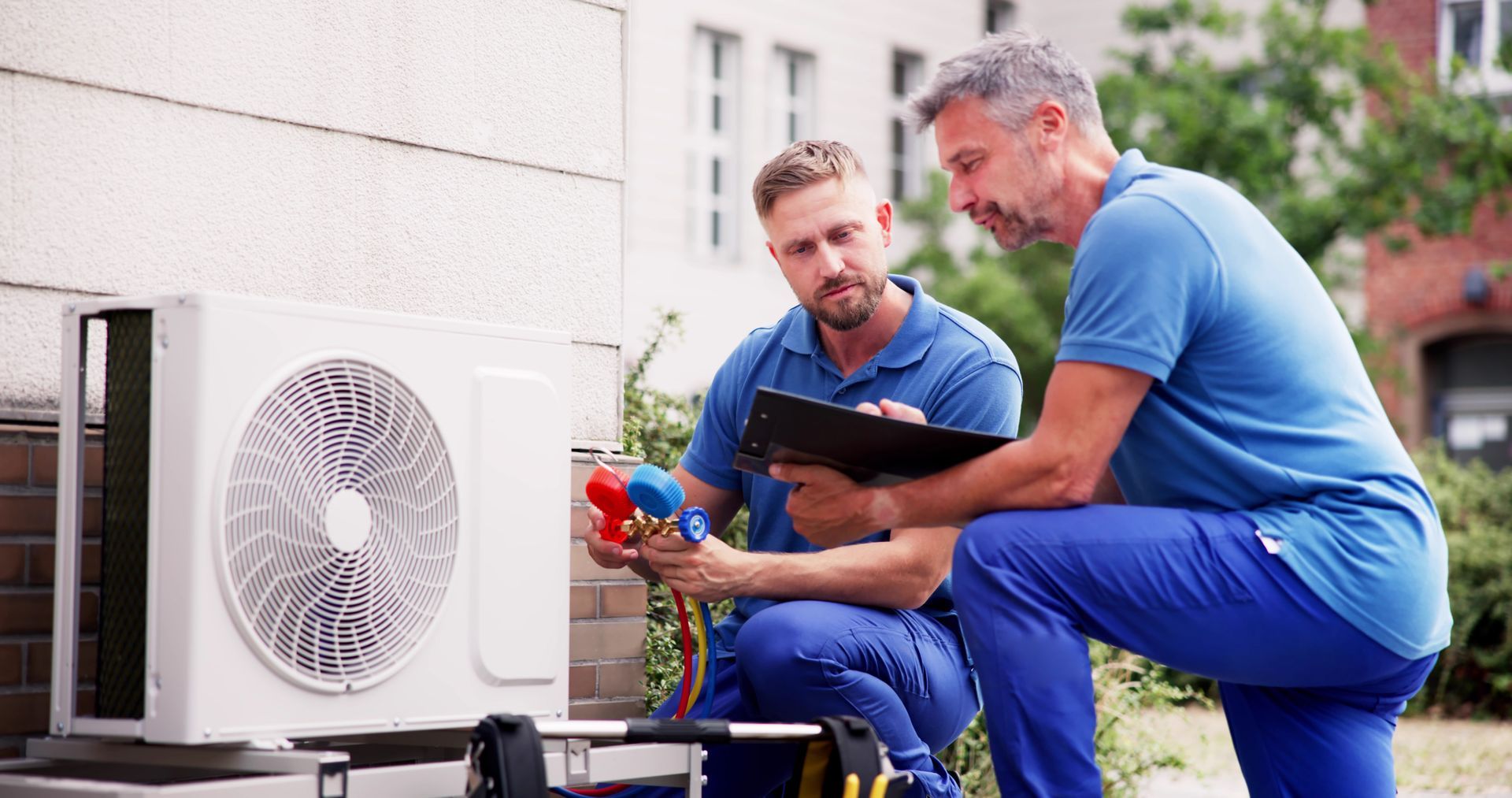Navigating the Pipes: The 7 Most Common Plumbing Issues in Commercial Buildings
Maintaining the integrity of plumbing systems in commercial buildings requires an understanding of the most common problems that arise. From minor annoyances to major disruptions, these issues can impact daily operations, the comfort of occupants, and even the building's structural safety. This article will delve into the seven most common plumbing issues that commercial buildings face, providing a roadmap for timely identification and efficient resolution.
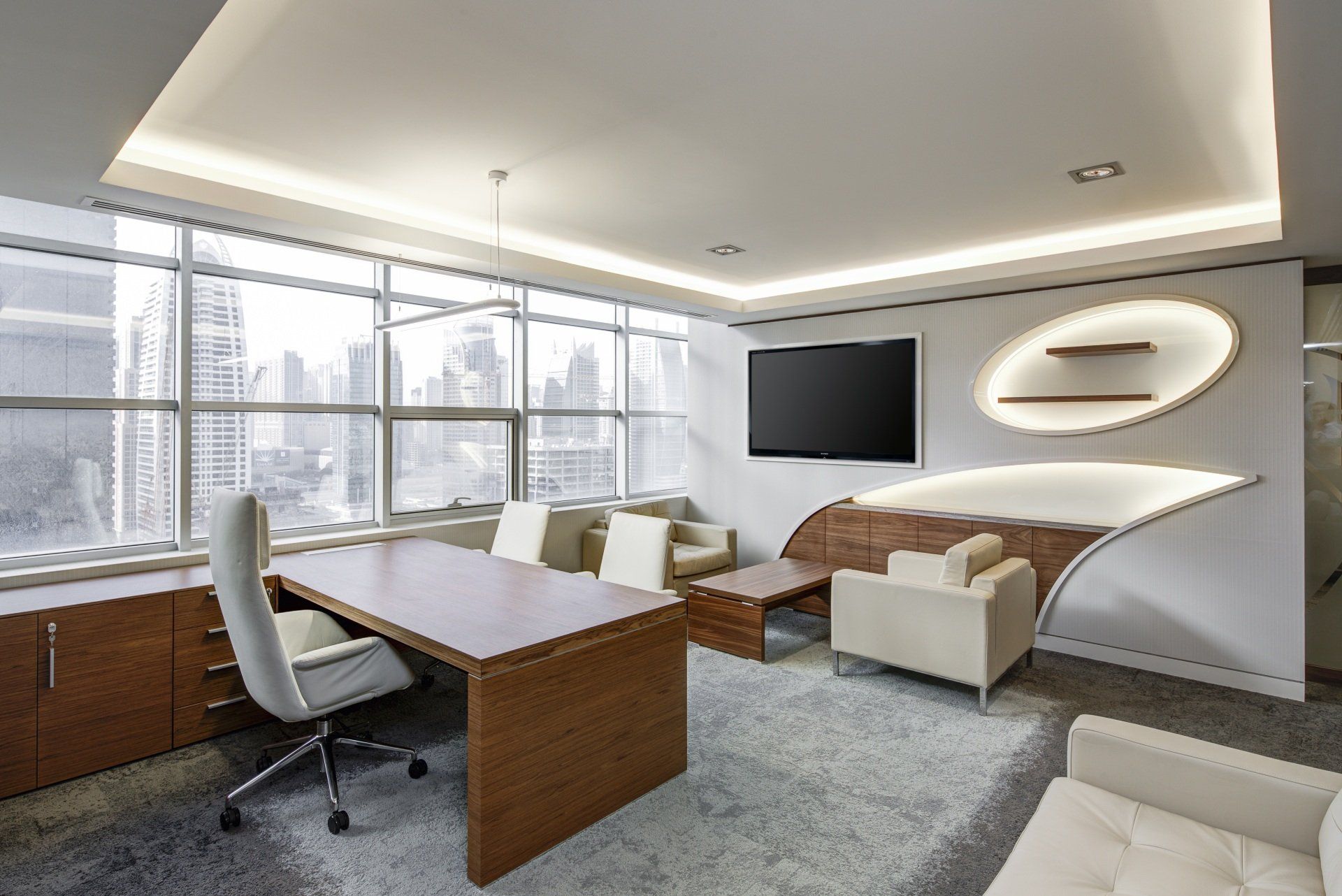
1 - Clogged drains
Clogs are a common plumbing issue that can affect any building, but they tend to be more frequent in commercial buildings due to the high volume of use. They are often caused by foreign objects or buildup of debris such as grease, hair, and soap scum. Clogged drains can lead to slow drainage, foul odors, and even sewage backups if left unaddressed.
Regular drain cleaning and clearing is necessary to prevent clogs. This can involve the use of chemical cleaners or mechanical methods such as snaking or hydro jetting. Additionally, educating occupants about what should not be flushed down the drains can also help mitigate clogs.
2 - Leaks
Leaks are another common issue in commercial plumbing systems, with potential causes ranging from worn out seals and gaskets to corroded pipes. They can occur in various areas such as faucets, water supply lines, and pipes hidden within walls or under flooring.
To detect leaks early on, routine inspections of visible pipes and fixtures should be conducted. These inspections can also help identify minor leaks that may go unnoticed but can lead to larger issues over time. Prompt repair or replacement of faulty components is crucial in preventing water damage and high utility bills.
3 - Burst pipes
Burst pipes are a serious plumbing emergency that can cause significant damage and disruption in a commercial building. They often occur due to extreme temperatures, corrosion, or high water pressure. In addition to causing property damage, burst pipes can also result in costly water waste and potential health hazards if contaminated water is involved.
To prevent burst pipes, proper insulation of exposed pipes in areas susceptible to extreme temperatures is crucial. Regular maintenance checks for signs of corrosion or damage should also be conducted, and high water pressure should be regulated with the use of pressure reducing valves.
4 - Low water pressure
Low water pressure is a frustrating issue that can significantly impact the functionality of a commercial building. It can be caused by several factors, including clogged pipes, leaks, faulty valves, or issues with the municipal water supply. Symptoms of low water pressure include slow-filling sinks and toilets, weak shower streams, and underperforming appliances.
Regular plumbing system check-ups can help identify and address the causes of low water pressure. If a building-wide issue emerges, the problem may lie with the water supply and a professional should be consulted. If the problem is localized, clearing clogs or fixing leaks may resolve the issue. It's always important to act quickly to minimize inconvenience and potential business disruption.
5 - Water heater problems
Water heater problems are not uncommon in commercial buildings, where the demand for hot water is typically high. Issues can range from inadequate hot water supply and fluctuating temperature to strange noises and leaks. These problems can be attributed to various factors, such as faulty heating elements, sediment buildup in the tank, a malfunctioning thermostat, or a damaged pressure relief valve.
Providing maintenance, including draining and flushing the tank to remove sediment, checking and replacing heating elements as needed, and inspecting the thermostat for proper operation, can help to prevent most water heater problems. However, if a problem persists, it is recommended to seek professional help to avoid causing further damage or encountering potential safety issues.
6 - Running Toilets
Running toilets can be a cause of significant water wastage in commercial buildings. This problem often arises when the components within the toilet tank, such as the flapper valve, fill tube, or float, malfunction or become worn out over time. A constantly running toilet not only leads to high water bills but also can cause wear and tear on the toilet's overall plumbing.
7 - Sewer Line Backups
Sewer line backups are particularly problematic in commercial settings, often leading to significant disruption and health hazards. These backups usually occur due to blockages from solid wastes, tree root infiltration, or damaged sewer lines. The signs of a potential sewer line backup include multiple clogged fixtures, bad odors coming from drains, and gurgling sounds in the plumbing system.
Conclusion
Understanding and addressing these seven common commercial plumbing issues is essential for the smooth operation of any commercial building. Regular maintenance, prompt action at the first sign of trouble, and educating building occupants about proper plumbing use are key strategies in preventing these problems. At McCormick Allum, we offer expert solutions and professional services to keep your commercial plumbing systems running smoothly. Remember, proactive measures can save time, money, and prevent the inconvenience of unexpected plumbing emergencies.
Experiencing any of these common plumbing issues in your commercial building? Looking for a local
commercial plumber near me? McCormick Allum is your expert commercial plumbing contractor serving Western Massachusetts since 1888!
Contact us today to schedule service.
